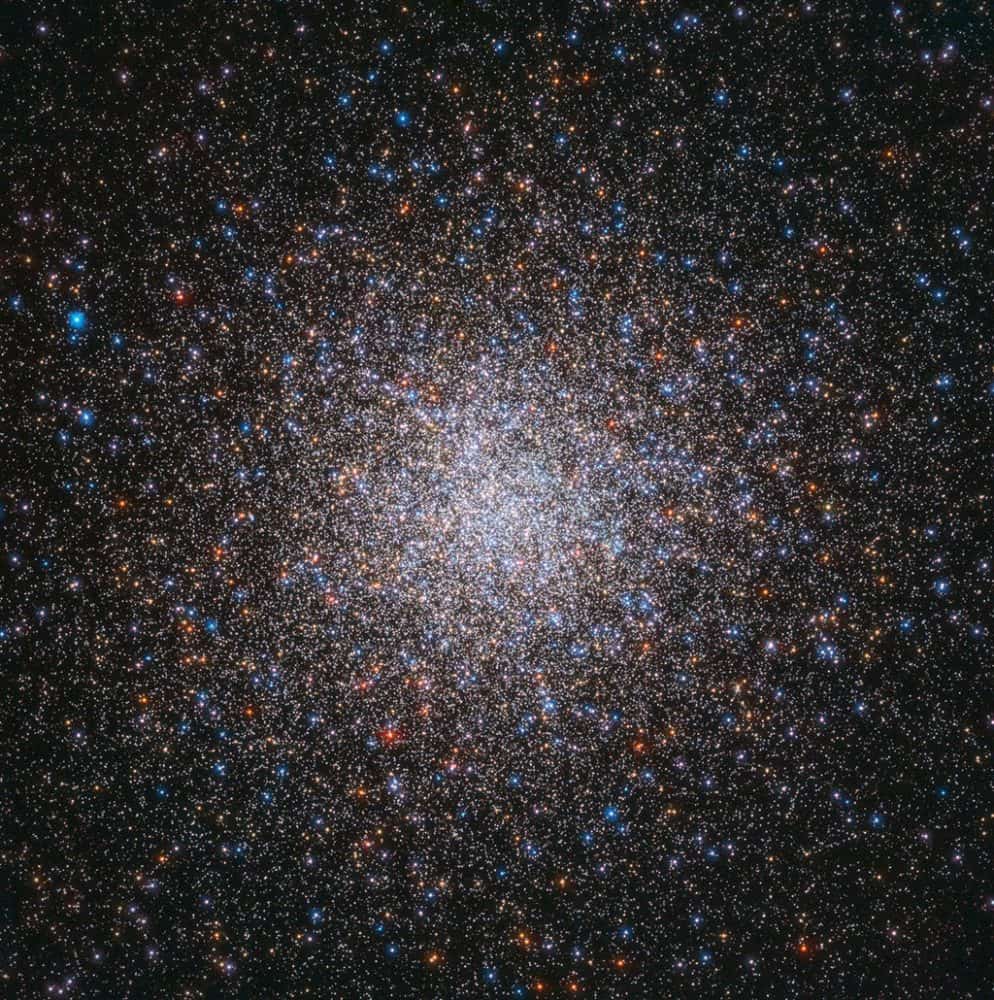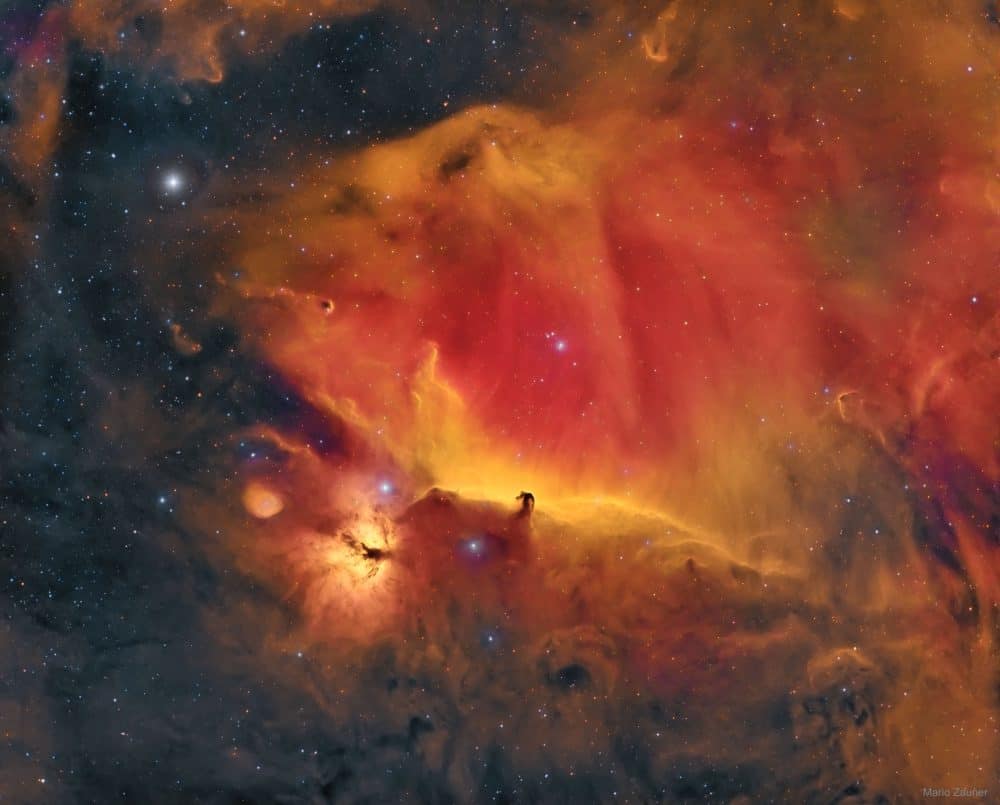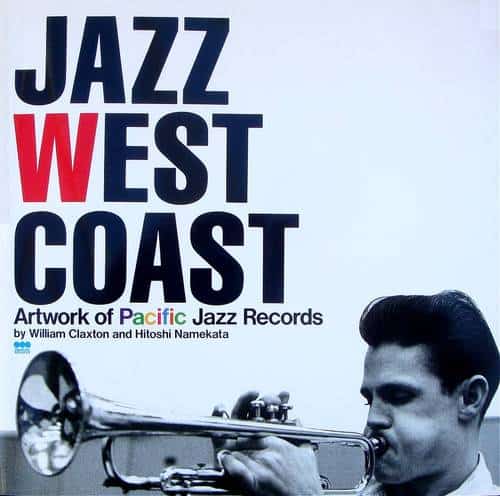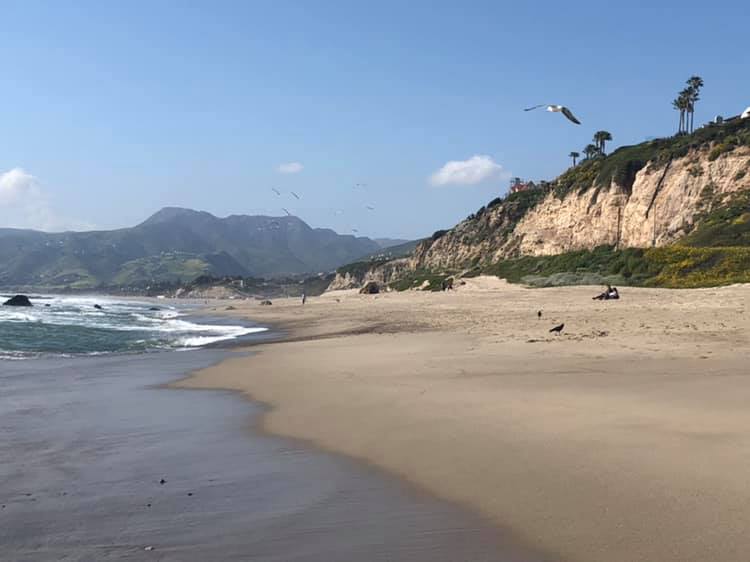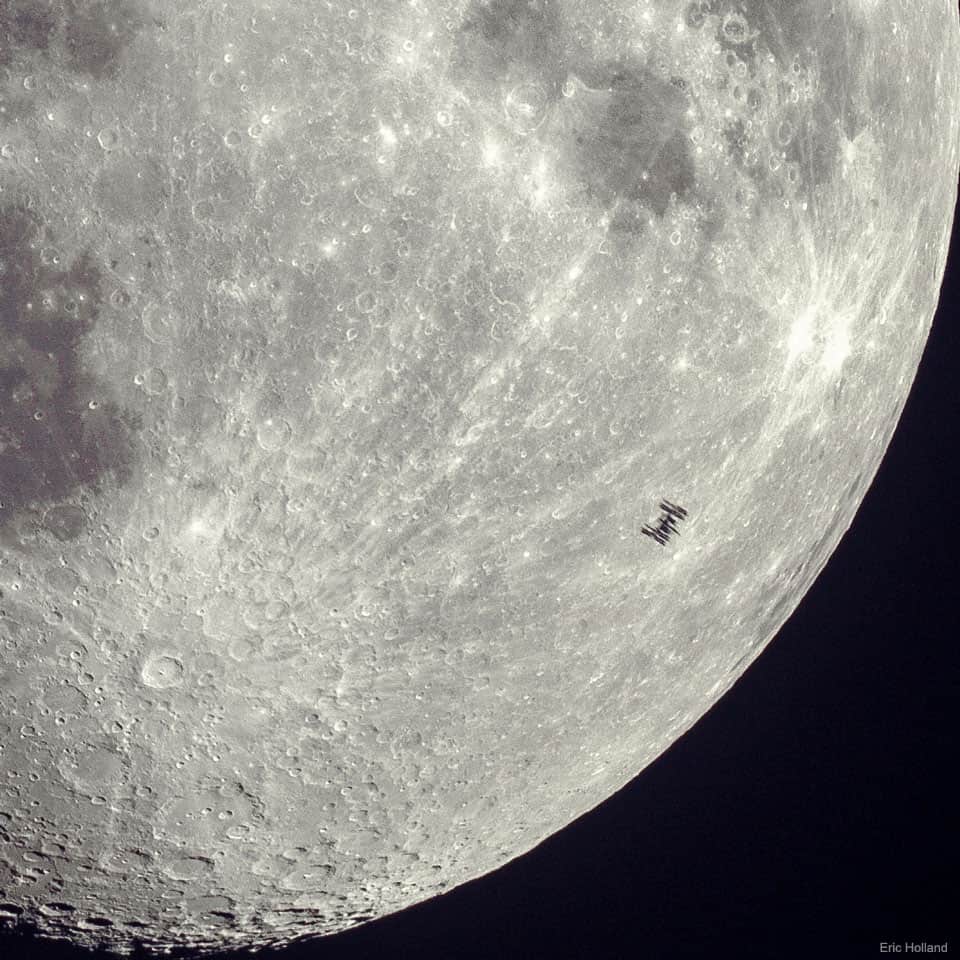Blog
Flamenco Fridays with Alegrias.
Alegrías (Spanish pronunciation: [aleˈɣɾi.as]) is a flamenco palo or musical form, which has a rhythm consisting of 12 beats. It is similar to Soleares. Its beat emphasis is as follows: 1 2 [3] 4 5 [6] 7 [8] 9 [10] 11 [12]. Alegrías originated in Cádiz. Alegrías belongs to the group of palos called Cantiñas and it is usually played in a lively rhythm (120-170 beats per minute). The livelier speeds are chosen for dancing, while quieter rhythms are preferred for the song alone.
One of the structurally strictest forms of flamenco, a traditional dance in alegrías must contain each of the following sections: a salida (entrance), paseo (walkaround), silencio (similar to an adagio in ballet), castellana (upbeat section) zapateado (Literally “a tap of the foot”) and bulerías. This structure though, is not followed when alegrías are sung as a standalone song (with no dancing). In that case, the stanzas are combined freely, sometimes together with other types of cantiñas.
more...
After the Crab Nebula, M1, this giant star cluster is the second entry in 18th century astronomer Charles Messier’s famous list of things with are not comets. M2 is one of the largest globular star clusters now known to roam the halo of our Milky Way galaxy. Though Messier originally described it a nebula without stars, this stunning Hubble image resolves stars across the central 40 light-years of M2. Its population of stars numbers close to 150,000, concentrated within a total diameter of around 175 light-years. About 55,000 light-years distant toward the constellation Aquarius, this ancient denizen of the Milky Way, also known as NGC 7089, is 13 billion years old.
more...Hugh Ramapolo Masekela (4 April 1939 – 23 January 2018) was a South African trumpeter, flugelhornist, cornetist, composer and singer. He has been described as “the father of South African jazz.” Masekela was known for his jazz compositions and for writing well-known anti-apartheid songs such as “Soweto Blues” and “Bring Him Back Home“. He also had a number-one US pop hit in 1968 with his version of “Grazing in the Grass“.
A renewed interest in his African roots led Masekela to collaborate with West and Central African musicians, and finally to reconnect with Southern African players when he set up with the help of Jive Records a mobile studio in Botswana, just over the South African border, from 1980 to 1984. Here he re-absorbed and re-used mbaqanga strains, a style he continued to use following his return to South Africa in the early 1990s.
In 1985 Masekela founded the Botswana International School of Music (BISM), which held its first workshop in Gaborone in that year. The event, still in existence, continues as the annual Botswana Music Camp, giving local musicians of all ages and from all backgrounds the opportunity to play and perform together. Masekela taught the jazz course at the first workshop, and performed at the final concert.
Also in the 1980s, Masekela toured with Paul Simon in support of Simon’s album Graceland, which featured other South African artists such as Ladysmith Black Mambazo, Miriam Makeba, Ray Phiri, and other elements of the band Kalahari, with which Masekela recorded in the 1980s. He also collaborated in the musical development for the Broadway play, Sarafina! and recorded with the band Kalahari.
Masekela in Cambridge, Massachusetts, June 2013
In 2003, he was featured in the documentary film Amandla!: A Revolution in Four-Part Harmony. In 2004, he released his autobiography, Still Grazing: The Musical Journey of Hugh Masekela, co-authored with journalist D. Michael Cheers,[31] which detailed Masekela’s struggles against apartheid in his homeland, as well as his personal struggles with alcoholism from the late 1970s through to the 1990s. In this period, he migrated, in his personal recording career, to mbaqanga, jazz/funk, and the blending of South African sounds, through two albums he recorded with Herb Alpert, and solo recordings, Techno-Bush (recorded in his studio in Botswana), Tomorrow (featuring the anthem “Bring Him Back Home”), Uptownship (a lush-sounding ode to American R&B), Beatin’ Aroun de Bush, Sixty, Time, and Revival. His song “Soweto Blues“, sung by his former wife, Miriam Makeba, is a blues/jazz piece that mourns the carnage of the Soweto riots in 1976.[32] He also provided interpretations of songs composed by Jorge Ben, Antônio Carlos Jobim, Caiphus Semenya, Jonas Gwangwa, Dorothy Masuka and Fela Kuti.
more...Jake Hanna (April 4, 1931 – February 12, 2010) was an American jazz drummer.
Hanna first performed in his home town of Boston. He was the house drummer at Storyville for a number of years in the 1950s and 1960s. He played with Toshiko Akiyoshi (1957), Maynard Ferguson (1958), Marian McPartland (1959–61), and Woody Herman‘s Orchestra (1962–64). He appears with the Mort Lindsey Orchestra on Judy Garland‘s multi Grammy award-winning live album, Judy at Carnegie Hall (1961). He did extensive work as a studio musician both in and out of jazz, including a period as the drummer for the big band of the Merv Griffin Show(1964–75). He recorded several albums with Carl Fontana for Concord Jazz in the mid-1970s and also played in Supersax. Later in his career he did much work as a sideman for Concord.[1]Hanna died on February 12, 2010 in Los Angeles, California of complications from blood disease.
more...McKinley Morganfield (April 4, 1913 – April 30, 1983), known professionally as Muddy Waters, was an American blues singer-songwriter and musician who is often cited as the “father of modern Chicago blues“, and an important figure on the post-war blues scene.
Muddy Waters grew up on Stovall Plantation near Clarksdale, Mississippi, and by age 17 was playing the guitar and the harmonica, emulating the local blues artists Son House and Robert Johnson. He was recorded in Mississippi by Alan Lomax for the Library of Congress in 1941. In 1943, he moved to Chicago to become a full-time professional musician. In 1946, he recorded his first records for Columbia Records and then for Aristocrat Records, a newly formed label run by the brothers Leonard and Phil Chess.
In the early 1950s, Muddy Waters and his band—Little Walter Jacobs on harmonica, Jimmy Rogers on guitar, Elga Edmonds (also known as Elgin Evans) on drums and Otis Spann on piano—recorded several blues classics, some with the bassist and songwriter Willie Dixon. These songs included “Hoochie Coochie Man“, “I Just Want to Make Love to You” and “I’m Ready“. In 1958, he traveled to England, laying the foundations of the resurgence of interest in the blues there. His performance at the Newport Jazz Festival in 1960 was recorded and released as his first live album, At Newport 1960.
Muddy Waters’ influence is incalculable, on blues as well as other American idioms—such as Rock and roll and Rock music.
Muddy Waters’ birthplace and date are not conclusively known. He stated that he was born in Rolling Fork, Mississippi, in 1915, but other evidence suggests that he was born in Jug’s Corner, in neighboring Issaquena County, in 1913.In the 1930s and 1940s, before his rise to fame, the year of his birth was reported as 1913 on his marriage license, recording notes, and musicians’ union card. A 1955 interview in the Chicago Defender is the earliest in which he stated 1915 as the year of his birth, and he continued to say this in interviews from that point onward. The 1920 census lists him as five years old as of March 6, 1920, suggesting that his birth year may have been 1914. The Social Security Death Index, relying on the Social Security card application submitted after his move to Chicago in the mid-1940s, lists him as being born April 4, 1913. His gravestone gives his birth year as 1915.
more...The famous Horsehead Nebula in Orion is not alone. A deep exposure shows that the dark familiar shaped indentation, visible just below center, is part of a vast complex of absorbing dust and glowing gas. To bring out details of the Horsehead’s pasture, an amateur astronomer used a backyard telescope in Austria to accumulate and artistically combine 7.5 hours of images in the light of Hydrogen (red), Oxygen (green), and Sulfur (blue). The resulting spectacular picture details an intricate tapestry of gaseous wisps and dust-laden filaments that were created and sculpted over eons by stellar winds and ancient supernovas. The Flame Nebula is visible just to the left of the Horsehead, while the bright star on the upper left is Alnilam, the central star in Orion’s Belt. The Horsehead Nebula lies 1,500 light years distant towards the constellation of Orion.
more...Harold Vick (April 3, 1936 – November 13, 1987) was an American hard bop and soul jazz saxophonist and flautist.
Harold Vick was born on April 3, 1936 in Rocky Mount, North Carolina. At the age of 13 he was given a clarinet by his uncle, Prince Robinson,[1] a clarinet and tenor saxophone player who had been a member of McKinney’s Cotton Pickers. Three years later he took up the tenor saxophone, and soon began playing in R&B bands. He continued to perform, still largely with R&B bands, while studying psychology at Howard University.
Steppin’ Out!, Vick’s first album as leader, was recorded for Blue Note in 1963. After a 1965 performance at Carnegie Hall with Donald Byrd, Vick secured a contract for further albums as leader, and from 1966 to 1974 he had further recording sessions for the RCA, Muse, and Strata-East labels.
https://www.youtube.com/watch?v=_JQlKNwqJJA
more...Rocco Scott LaFaro (April 3, 1936 – July 6, 1961) was an American jazz double bassist known for his work with the Bill Evans Trio.
Beginning in 1955, he was a member of the Buddy Morrow big band. He left that organization to work in Los Angeles. LaFaro spent most of his days practicing his instrument. He practiced with a clarinet book to improve his facility. Bassist Red Mitchell taught him how to pluck strings with both the index and middle fingers independently. For much of 1958 he was with Victor Feldman‘s band.
In 1959, after working with Chet Baker, Stan Kenton, Cal Tjader, and Benny Goodman, LaFaro returned to the east and joined Bill Evans, who had recently left the Miles Davis Sextet. With Evans and drummer Paul Motian he developed the counter-melodic style that would come to characterize his playing. Evans, LaFaro, and Motian were committed to the idea of three equal voices in the trio, working together for a singular musical idea often without the time stated.
By late 1960, LaFaro was in demand as a bassist. He replaced Charlie Haden as Ornette Coleman‘s bassist in January 1961. For a time, Haden and LaFaro shared an apartment. He also played in Stan Getz’s band between jobs with the Bill Evans trio. Around this time he received a greeting card from Miles Davis suggesting that Davis wanted to hire him.
In June 1961, the Bill Evans trio began two weeks of performances at the Village Vanguard in New York City. The trio attracted attention for its style. The last day was recorded for two albums, Sunday at the Village Vanguard and Waltz for Debby.
more...James Harrell McGriff (April 3, 1936 – May 24, 2008) was an American hard bop and soul-jazz organist and organ trio bandleader.
Born in Germantown, Pennsylvania, McGriff started playing piano at the age of five and by his teens had also learned to play vibes, alto sax, drums and upright bass. His first group was as bassist in a piano trio. When he joined the United States Army, McGriff served as a military policeman during the Korean War. He later became a police officer in Philadelphia for two years.
Music kept drawing McGriff’s attention away from the police force. His childhood friend, organist Jimmy Smith, had begun earning a substantial reputation in jazz for his Blue Note albums (the two played together once in 1967) and McGriff became entranced by the organ sound while Richard “Groove” Holmes played at his sister’s wedding. Holmes went on to become McGriff’s teacher and friend and they recorded together on two occasions in 1973 for two Groove Merchant records.
McGriff bought his first Hammond B-3 organ in 1956, spent six months learning the instrument, then studied at New York’s Juilliard School. He also studied privately with Milt Buckner, Jimmy Smith, and Sonny Gatewood. He was influenced by the energy and dynamics of organist Buckner and the diplomatic aplomb of Count Basie, and by local organists such as Howard “The Demon” Whaley and Austin Mitchell.
more...I forgot how important Jazz is on the West Coast; an institution!
https://kkjz.org/programming/listen/stream/
Finally made it to Point Dume State Beach west of Malibu, funky & laid back; had to traffic through 101 N & down beautiful Topanga Canyon from Universal City whewwwww
more...What’s that unusual spot on the Moon? It’s the International Space Station. Using precise timing, the Earth-orbiting space platform was photographed in front of a partially lit gibbous Moon last month. The featured image was taken from Palo Alto, California, USA with an exposure time of only 1/667 of a second. In contrast, the duration of the transit of the ISS across the entire Moon was about half a second. A close inspection of this unusually crisp ISS silhouette will reveal the outlines of numerous solar panels and trusses. The bright crater Tycho is visible on the lower left, as well as comparatively rough, light colored terrain known as highlands, and relatively smooth, dark colored areas known as maria. On-line tools can tell you when the International Space Station will be visible from your area.
more...Larry Coryell (born Lorenz Albert Van DeLinder III; April 2, 1943 – February 19, 2017) was an American jazz guitarist known as the “Godfather of Fusion“.
In September 1965, Coryell moved to New York City, where he attended Mannes School of Music. After moving to New York, he listened to classical composers such as Bartók, Debussy, Ravel, Stravinsky, and Shostakovich.
He replaced guitarist Gábor Szabó in Chico Hamilton‘s quintet. In 1967–68, he recorded with Gary Burton. During the mid-1960s he played with the Free Spirits, his first recorded band. His music during the late-1960s and early-1970s combined rock, jazz, and eastern music.
He married three times during his life. First to writer-actress Julie Nathanson, daughter of actress Carol Bruce. She appeared on the cover of his albums, Lady Coryell, Larry Coryell at the Village Gate, and The Lion and the Ram and wrote the book Jazz-Rock Fusion based on interviews with musicians such as Chick Corea and John McLaughlin. She sang on one track on Coryell’s 1984 album Comin’ Home. The couple divorced in 1985. She died in 2009. Larry’s second marriage was to Mary (Molly) Schuler from Connecticut in 1988. The couple divorced in 2005. Larry’s widow is Tracey Coryell. They were married in Orlando Florida in 2007. Tracey is a singer/songwriter/performer who appeared on Larry’s “Laid, Back & Blues” recording in 2006 on Rhombus Records. Larry recorded one of Tracey’s compositions, “First Day of Autumn” on his album “The Lift “ in 2013 on Wide Hive Records.
In the Seventies, he led the group Foreplay with Mike Mandel, a friend since childhood, although the albums of this period, Barefoot Boy, Offering, and The Real Great Escape, were credited only to “Larry Coryell.” He formed The Eleventh House in 1973. Several of the group’s albums included drummer Alphonse Mouzon.
more...Leon Russell (born Claude Russell Bridges; April 2, 1942 – November 13, 2016 Lawton, AK) was an American musician and songwriter who was involved with numerous bestselling pop musicrecords during his 60-year career. His genres included pop, country, rock, folk, gospel, bluegrass, rhythm and blues, folk rock, blues rock, surf, standards, and Tulsa Sound.
His collaborations rank as some of the most successful in music history, and as a touring musician he performed with hundreds of notable artists. He recorded 33 albums and at least 430 songs. He wrote “Delta Lady“, recorded by Joe Cocker, and organized and performed with Cocker’s Mad Dogs and Englishmen tour in 1970. His “A Song for You“, added to the Grammy Hall of Fame in 2018, has been recorded by more than 200 artists, and his “This Masquerade” by more than 75.
As a pianist, he played in his early years on albums by The Beach Boys, Dick Dale and Jan and Dean. On his first album, Leon Russell, in 1970, the musicians included Eric Clapton, Ringo Starr, and George Harrison. One of his biggest early fans, Elton John, said Russell was a “mentor” and an “inspiration”. They recorded their album The Union in 2010, which earned them a Grammy nomination.
Russell produced and played in recording sessions for, among others Bob Dylan, Frank Sinatra, Ike & Tina Turner, and The Rolling Stones. He wrote and recorded the hits “Tight Rope” and “Lady Blue“. He performed at The Concert for Bangladesh in 1971 along with Harrison, Dylan, and Clapton, for which he earned a Grammy Award.
His recordings earned six gold records. He received two Grammy awards from seven nominations. In 2011, he was inducted into both the Rock and Roll Hall of Fame and the Songwriters Hall of Fame.
more...Marvin Gaye (born Marvin Pentz Gay Jr.; April 2, 1939 – April 1, 1984 Washington DC) was an American singer, songwriter and record producer. Gaye helped to shape the sound of Motown in the 1960s, first as an in-house session player and later as a solo artist with a string of hits, including “Ain’t That Peculiar“, “How Sweet It Is (To Be Loved By You)” and “I Heard It Through the Grapevine“, and duet recordings with Mary Wells, Kim Weston, Diana Ross and Tammi Terrell, later earning the titles “Prince of Motown” and “Prince of Soul”.
During the 1970s, he recorded the albums What’s Going On and Let’s Get It On and became one of the first artists in Motown (joint with Stevie Wonder) to break away from the reins of a production company. His later recordings influenced several contemporary R&B subgenres, such as quiet storm and neo soul. Following a period in Europe as a tax exile in the early 1980s, he released the 1982 Grammy Award-winning hit “Sexual Healing” and its parent album Midnight Love.
On April 1, 1984, Gaye’s father, Marvin Gay Sr., fatally shot him at their house in the West Adams district of Los Angeles. Since his death, many institutions have posthumously bestowed Gaye with awards and other honors—including the Grammy Lifetime Achievement Award, the Rhythm and Blues Music Hall of Fame, the Songwriters Hall of Fame and the Rock and Roll Hall of Fame.
more...Booker Little Jr. (April 2, 1938 – October 5, 1961) was an American jazz trumpeter and composer. He appeared on recordings, both as side-man and as leader. Little was closely associated with Max Roach, but also performed with John Coltrane and Eric Dolphy and was strongly influenced by Sonny Rollins and Clifford Brown. He died at age 23.
With Dolphy, he co-led a residency at the Five Spot club in New York in June 1961, from which three albums were eventually issued by the Prestige label. It was during this stint that he began to show promise of expanding the expressive range of the “vernacular” bebop idiom which originated with Clifford Brown, his most obvious influence as a performer. He also appeared on Dolphy’s album Far Cry (New Jazz 8270), recorded on December 21, 1960.
more...More Posts
- Doug Watkins
- Maxwell Street Jimmy Davis
- Eddie “Lockjaw” Davis
- World Music with Carlos Cortés Bustamante
- Daily Roots with Paul Hayden
- The Cosmos with NGC 2336
- Burning Spear
- Ralph Towner
- Benny Powell
- Harry Bellafonte
- Charlie Rice
- World Music with the Warsaw Village Band
- Daily Roots with the Vibes Tone
- Surviving the Pandemic and Realizing Racial Justice
- The Cosmos with IC 5063
- Brian Jones
- John Fahey
- Willie Bobo
- Svend Asmussen
- World Music with Cumbia
